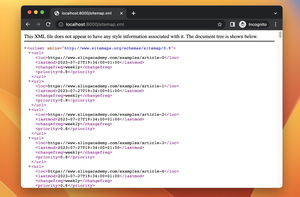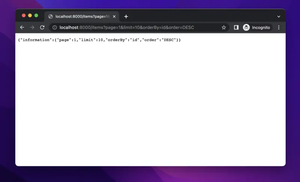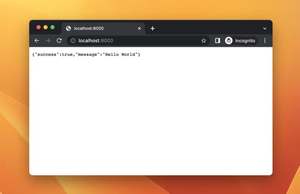Jinja is a powerful templating engine for Python that allows for dynamic HTML generation with ease. One of its advanced features is the use of namespaces for managing variable scope elegantly in templates. This article will guide you on how to use namespaces effectively in Jinja.
Understanding Namespace in Jinja
Namespaces in Jinja are essentially a place to store state information. They work similarly to Python's dict, allowing you to set and get variables. This can be particularly useful when working with loops and complex template structures where variable states need to persist.
Using Namespace in Templates
To create a namespace, you would typically define it using the namespace() function. Here's how you can begin:
{% set ns = namespace(variable1=value1, variable2=value2) %}
In this snippet, we define a namespace ns with two initial variables, variable1 and variable2. These can be set to any initial values.
Updating Namespace Variables
You can update the variables within a namespace during template execution. Here is an example using loops:
{% set ns = namespace(counter=0) %}
{{ ns.counter }}: {{ item }}
In this example, our namespace ns has a variable counter. It is updated in each iteration of the loop, allowing us to count items as we iterate through a list called items.
Benefits of Using Namespace
- State Management: Helps maintain state across different parts of the template.
- Readability: Makes complex template logic easier to read and maintain.
- Encapsulation: Prevents variable name collisions by keeping them scoped within a namespace.
Example: A Simple Counter
Let’s look at an example where namespaces are used to keep track of content summary information in a simple blog layout:
{% set ns = namespace(posts_count=0) %}
Blog Summary
{{ post.title }}
Total Posts: {{ ns.posts_count }}
In this case, the posts_count variable increments every time we loop through a list, giving us a simple way to keep count of the total posts displayed.
Conclusion
Namespaces in Jinja provide a robust mechanism for managing variable scopes and states, making template logic clear and maintainable. By practicing the usage of namespaces, you can enhance your Jinja templates to handle more complex situations while keeping your code clean and organized.











